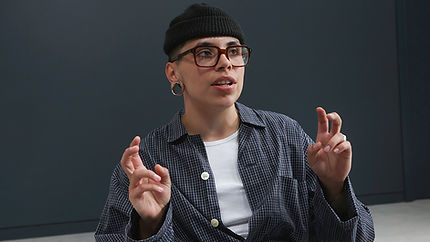top of page
Professional Resources
Trans Health Research have collated information, resources, and training modules useful to professionals working in trans health, and professionals looking to make their work more inclusive for trans and gender diverse people. Please note that this is not an exhaustive list, and additional resources may be available.
jofreepik
Collated Resources
Essentials
bottom of page









